Love it or hate it, we are on our phones a lot. According to ZDNet the average American spends 5.4 hours on their phones a day. With our current stay at home orders, I bet that number is even higher for many of us right now. And while we might have a bit more free time at the moment (well, those of us not homeschooling multiple children), nobody has time to be inefficient. So, if you are going to spend almost a quarter of your day on your phone, you might as well organize it so you can quickly find what you want when you want.

Our phones provide us entertainment options, work flexibility, and constant contact abilities, not to mention they have basically replaced cameras. Digital photos and videos are a whole other beast I’ll tackle in another blog post so for now we’ll just stick to my tips for organizing your phone apps:
1. Remove Unused Apps
The first step of any organizing project is to take inventory of what you have and organizing your apps is no different. Review every app you have and delete those you no longer use. If you know you will never use it again, but you have some sort of history on it (a login for example), I suggest you go into the app and delete your personal data first. Each app is different so google how to do this if you get stuck. Once you’re ready, deleting your apps are super easy. For an iphone, simply hold your finger down on the app. You will either get an option to ‘delete app’ or an ‘x’ will appear in the corner of the app. Select either to have the app removed. For androids, within the ‘settings’ app, select ‘apps & notifications’ then hit ‘see all apps’. Scroll the list of apps until you find what you want to delete, tap it, and select ‘uninstall’.
2. Categorize Your Remaining Apps
Once you’ve taken the time to evaluate and remove the apps you no longer need, it’s time to organize the ones you have left. Unless you only have a handful of apps that fit on your first screen, I suggest grouping most of your apps together into folders. This allows you to use your screen space more efficiently and will save you from spending time swiping across multiple screens to find what you need.
Note: If you don’t know how to create a folder, the process is fairly simple for both iphones and androids. Press on any app and hold it until it becomes moveable then move it on top of another app you want to group it with and let go. This will create a folder that both apps now reside in. You can then move any other apps of the same category to this folder the same way. Repeat for every category you have and then name or rename each folder accordingly.
Deciding on your categories might be a bit tricky so I offer a few suggestions below. In general, try to keep your categories generic enough that you are consolidating your screens (i.e. aim for at least 2-3 per category) but specific enough that you can easily find what you are looking for. Below are a few options to consider when deciding what might work best for you:
Organize by Color: 2 years ago, I moved to a color-coded organizing system. Now, I FULLY acknowledge that this is not for everyone. I first did it just to try it and because I liked the way it looked. It quickly became very easy to manage and I don’t think I’ll ever go back to another system. If you can easily visualize your apps and know generally what they look like, then this might be a good method to try. I named my folders with colored emojis that aligned with that category’s color, but you can also name them their color or not give a name at all.
Organize by Category or Function: I used to organize my apps by category such as banking, social media, games, etc. It’s the most frequently used way to organize your apps and for good reason. It mimics the way most items are categorized around us so it’s likely a default way of thinking about your apps making this a logical solution for many.
Organize Alphabetically: If you can easily rattle off the names of all the apps you use, then consider categorizing alphabetically by the app’s name. Depending on the number of apps you have, some folders might be a single letter while others might span three or four letters.
Organize by Frequency of Use: This method can be used by itself or in combination with the other methods above. Your most frequently used apps should be aligned along the bottom of your screen already. If you didn’t know you could move those around too, I might be blowing your mind with this. The remaining frequently used items can be grouped into a ‘daily’ folder or left outside of folders completely. Perhaps you keep your daily apps on your home screen while your less frequently apps are categorized into folders on another screen.
Whichever way you choose to categorize your apps, the goal is to reduce the amount of time you spend looking for what you need. It might take a day or two to get used to the new look. But, if you don’t find it useful after a couple days, then adjust and try a different method.
3. Review Your Apps Periodically
Review your apps quarterly or semi-yearly to ensure you’re only keeping what you truly use. The easiest way to find what you need is to remove the unnecessary around it. A well-known rule in organizing is to review your items periodically to identify those you no longer use or want. The same principle holds true for phone apps. And just like a newly purged closet helps you find what you want to wear quicker, a streamlined phone allows you to find what you want quicker.
Happy Phone Organizing!
As always, I hope you found this post interesting, informative, inspiring, or entertaining (I’ll take any one as a success). If so, please let me know in the comments section. Also let me know if there is anything you’d like to see on this blog by writing me at feedback@theorganizingblonde.com.
XOXO,
The Organizing Blonde

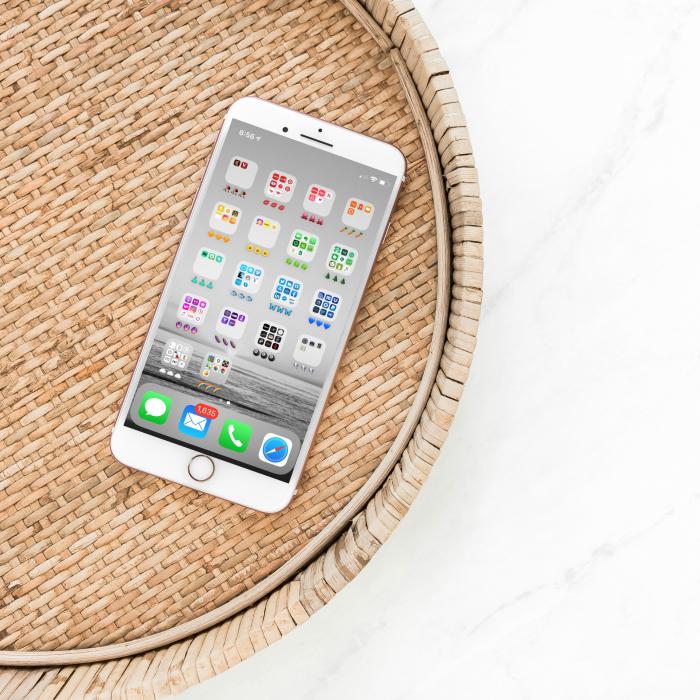
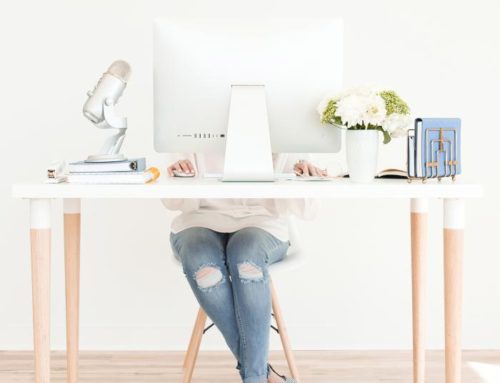
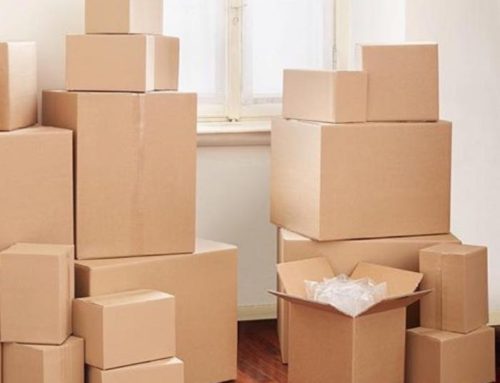
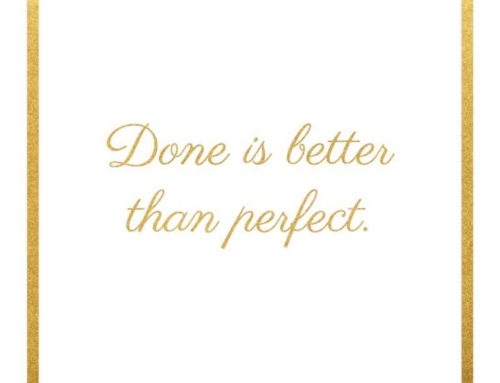
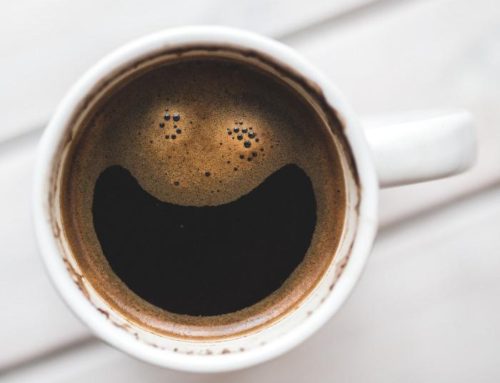
Leave A Comment